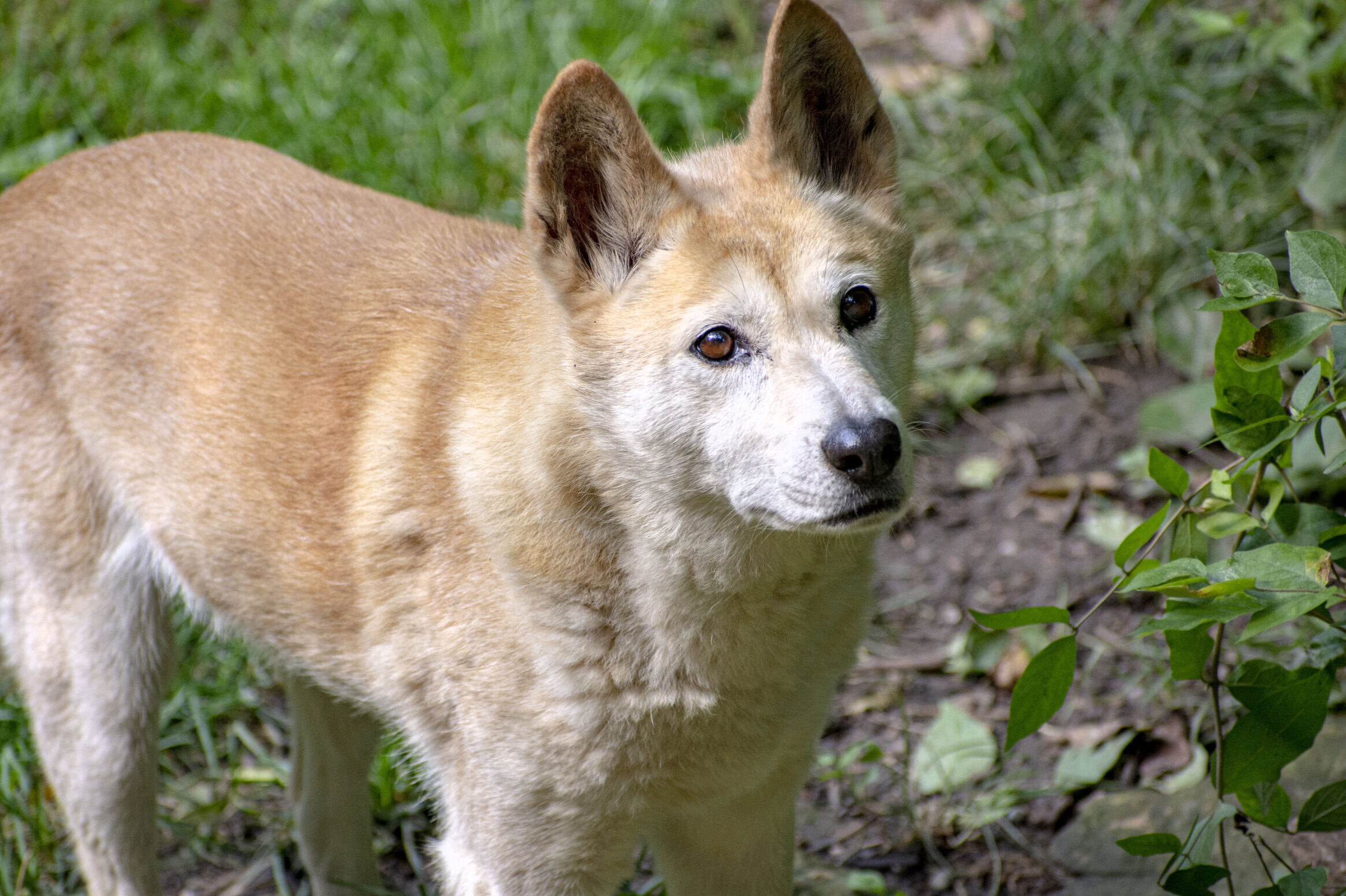I AM IMPORTANT TO MY ECOSYSTEM
The dingo plays a very important role in the ecosystem as an apex predator. Dingoes will aid in keeping certain populations under control. They will even feed on some feral animals, which helps give native species a greater chance of survival.

